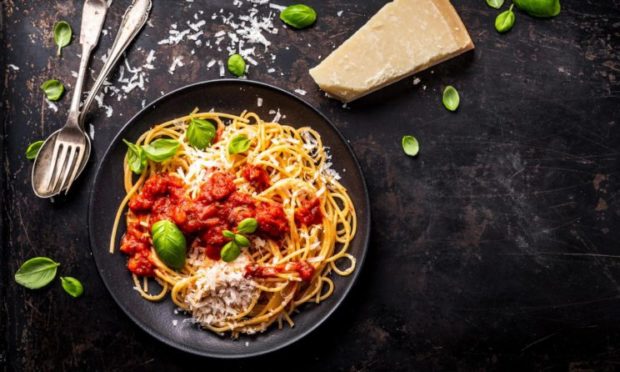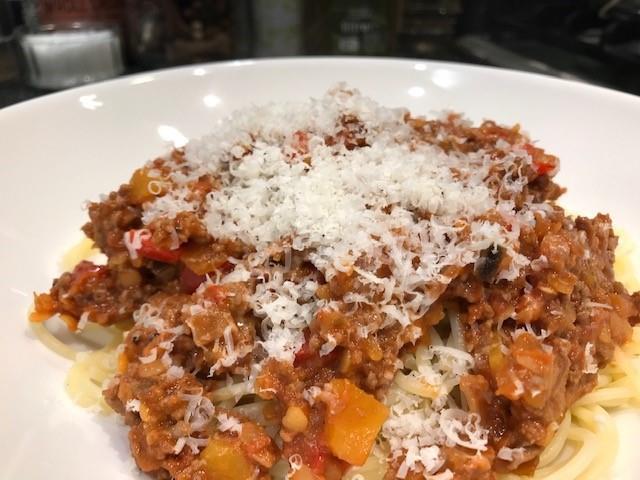Clare Johnston shares her tips for preparing a delicious pasta dish that packs a nutritious punch, and will be loved by the whole family.
Having interviewed nutritionists, food scientists and dietitians over the years, a common messaging thread between them is the need to eat a diverse diet.
Basically, the broader the range of fruits, vegetables, nuts, beans, pulses and wholegrains we can pack into our daily intake, the better.
Key to the health benefits are the array of nutrients a diverse and healthy diet provides, and also the fibre. Scientists have discovered that “good” bacteria in the gut feed from plant-based fibres and so the more we eat, the more they thrive.
Interviewing The Gut Health Doctor earlier this year, she suggested that by adding just eight grams of plant-based fibre to our diets each day we can dramatically reduce our risk of serious illnesses including type-2 diabetes and heart disease, whilst also boosting our mental health.
Since then, I’ve viewed mealtimes as an opportunity to take on board a bit more plant fibre and, as a result, I’ve upped my intake fairly dramatically.
I’ve also managed to increase the amount of plant-based fibre my teenage sons take on board – nothing short of a minor miracle – by adding veg and pulses to family favourites like chilli, curry, and Bolognese.
And there’s no new recipes to follow. You’re taking your favourite dishes and simply adding in some of the leftover veg and pulses in your fridge or store cupboards. The added benefit is you’re using up what might otherwise go to waste, whilst bulking out classic dishes to save on cost and create batch meals that go a lot further.
So for anything that’s tomato and mince-based I will nearly always add red lentils, along with some finely diced veg.
For tomato-based curries I’ll add in chopped kale or spinach alongside whatever meat I’m using, and for those creamier ones, I might tip in some chickpeas and aubergine. Once you start piling in the veg, there’s no going back.
Take Bolognese for example. This is how I load in the nutrients and fibre without ruining what is a big favourite in our house.
Plant-powered Bolognese:
Most of us have a favourite Bolognese recipe so you can use that as the basis for this meal.
I start out by frying my onions, and adding in a little dried basil and rosemary. I had some leftover sage leaves so I chopped them up finely and added them to the pan, too, along with a couple of cloves of garlic.
Once the onion has turned golden I start adding veg. Often it’s a couple of carrots, but I had a quarter of a butternut squash left over so I chopped that up finely and used that instead, along with a couple of chopped celery sticks, a red pepper, and half an aubergine – again diced. Fine chopping is key to keeping the Bolognese texture.
Next I tip in some dried red lentils – usually around four heaped tablespoons – keeping stirring as I go.
The veggie base
At this point I add in a 500g pack of lean mince beef, cook it through and then tip in a good couple of splashes of Worcester sauce and a couple of tablespoons of balsamic vinegar to really lift the flavour. I season well, and I like to add three to four tablespoons of pureed tomato, a similar amount of tomato ketchup and two tins of plum tomatoes.
A healthy splash of Worcester sauce adds a tasty tang..
From there it’s just a case of simmering for around 20 minutes until it’s nice and thick and rich, and seasoning it to taste.
The result is a really tasty bolognese, bulked out with nutrients – and enough to do roughly eight portions.
Tip for fussy eaters
If you have one or two fussy eaters in the mix, you could actually puree the finely chopped veg and lentils before you add in the mince and my bet is most would be none the wiser.

